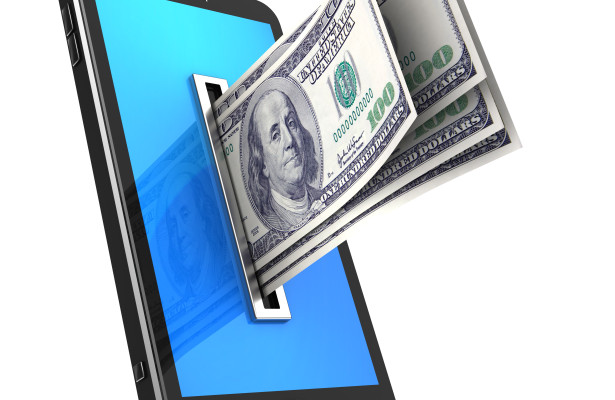There has been no shortage of “FinTech” disruption throughout the past decade. For some it has been like riding a wild tiger – trying to hang on. For others it’s been about avoiding being devoured.
But this tiger – digital banking innovation – is starting to pop up in an unexpected place – small banks and credit unions.
This lower-end segment of the banking industry, typically defined as banks with less than $10 billion in assets, has consolidated in the past 20 years. The smallest of banks, those with assets less than $100 million, have been particularly hard hit as the largest banks expanded their offerings, bought up competitors, opened new branches and generally became like Walmart to local retail stores.
These days, smaller banks have a new set of tools to fight back with, including technology that caters to Millennials (born in the years immediately before and after the turn of the century) and GenZ (those born from the late 2000s to early 2010s).
However, the number of banking institutions has been declining.
Yet the number of bank branches has increased, and a significant portion of that increase comes from the largest banks.
Because of the high fixed cost of implementing core banking technology it has been difficult in the past for small banks and credit unions to compete with their much larger contemporaries.
But the latest generation of banking software is oriented to the mobile generations –and is significantly less expensive than in years past. As a result, many small banks have already realized the opportunity at hand and have begun to dedicate more resources to what some are calling “digital transformation”.
Much of this digital transformation is being driven by Millennials. Consider the following demographics and recent studies:
- Millennials will be 50% of the workforce by 2020, and 23% will have a Bachelor’s degree (making them the most educated generation)
- 71% would rather go to the dentist than to a bank
- 1/3 are open to switching banks in the next 90 days
- All 4 of the leading banks are among the least loved brands by Millennials
- The mobile device is often the first and sometimes only impression Millennials have of their bank
- More than half of Millennials are already transferring money via digital channels
- 82% of Millennials agree that it’s beneficial for banks to offer mobile banking for tasks such as depositing checks
- 75% of Millennials are somewhat reliant on a mobile banking app and 27% are completely reliant on a mobile banking app
- 74% of Millennials say mobile banking is “very important” to them (vs. only 42% of Baby Boomers)
By focusing on serving millennials with iOS and Android native mobile and other mobile-oriented software applications that allow functions such as remote-deposit-capture, fast and easy electronic payments and money transfers, as well as easy access to banking information; smaller institutions have suddenly become able to compete with larger banks. And to potentially win over the Millennials – a market that has typically stayed far away from brick-and-mortar banks.
By taking advantage of powerful new digital banking solutions offered by third-party software providers, smaller banks have been able to offer these services without “breaking the bank”.
Technology can be a wonderful thing – in this case it is not only offering a new lease on life to community banks, savings and loans, credit unions and other smaller financial institutions once believed to be doomed, but it’s also keeping markets competitive and prices low, while at the same time offering a wide range of tools and services to a new generation of customers.
The only losers will be those who fail to jump on this new tiger before they are devoured.
What do you think? Please leave your comments below.
P.S. Marlin & Associates will be sponsoring and attending the Money20/20 payments technology conference October 23 – 26 in Las Vegas. Please reach out if you will also be attending – paul@marlinllc.com.




